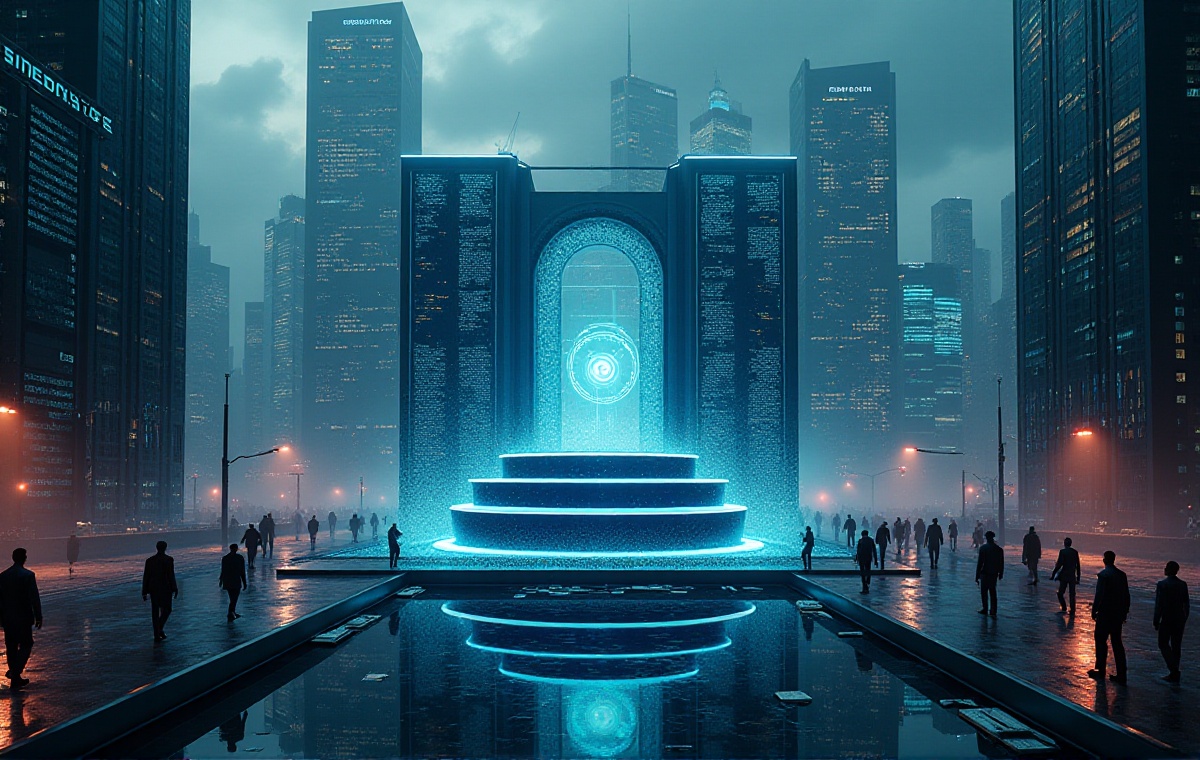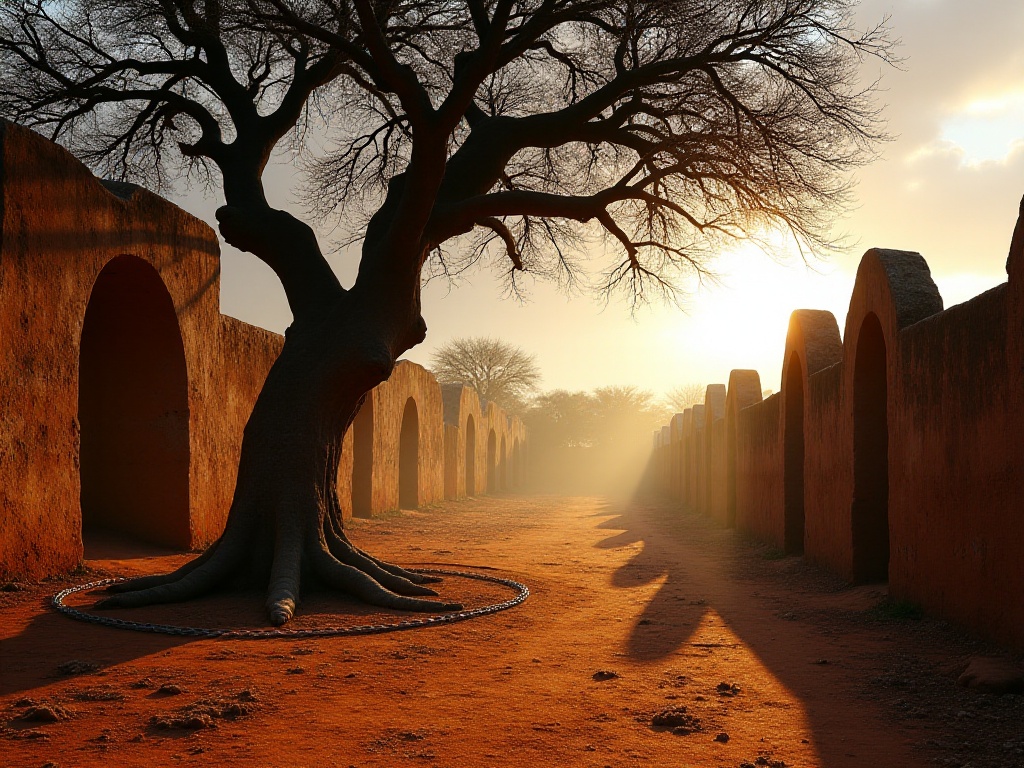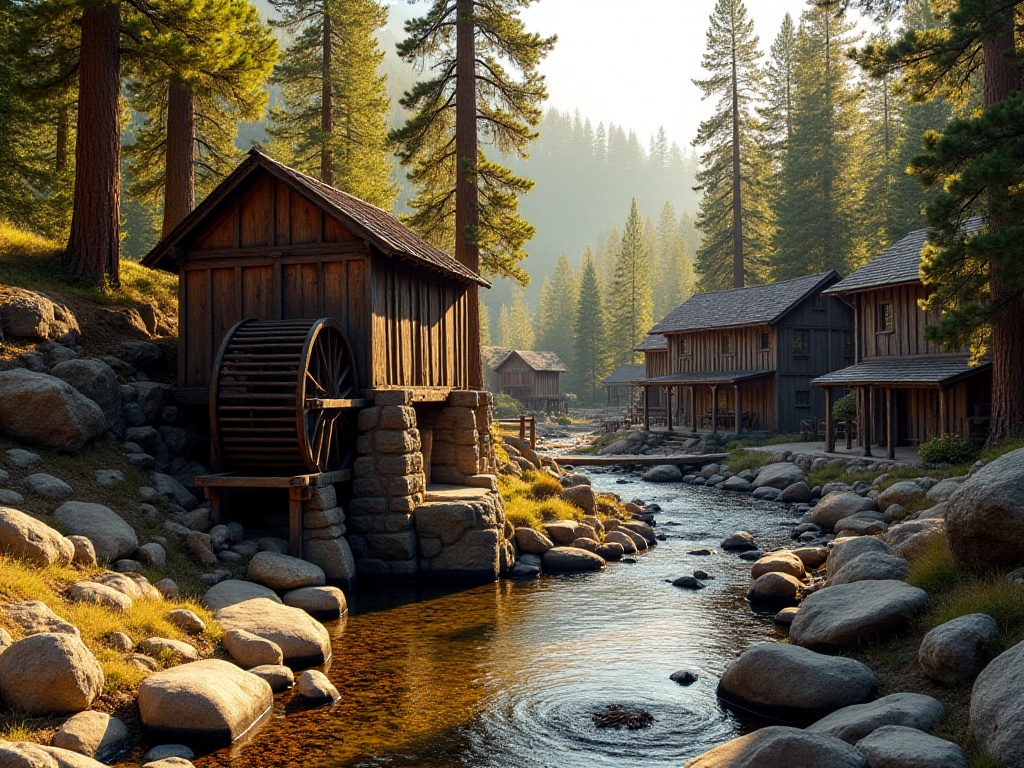Origins
As a post-95 travel blogger who has been traveling globally for nearly a decade, whenever I discuss historical sites with friends, they often look puzzled: "Why spend time looking at a bunch of old ruins? Wouldn't it be more fun to go shopping or clubbing?" To be honest, I had the same thought when I first visited historical sites, wondering what was so special about these old, deteriorating structures.
However, as I visited more places, I gradually discovered that each historical site is like a massive treasure trove, filled with amazing stories. It's similar to playing "Genshin Impact" or "The Legend of Zelda" - just as each new map area contains archaeological elements and mysterious legends, exploring real-world historical sites is even more fascinating than games.
Military Sites
When it comes to military sites, the one I most want to recommend is Castillo de San Marcos in Florida, USA. This stone castle, built in 1672, is like a real-life "Fortnite"! It's not just a small castle you can see through at a glance, but a massive military fortress.
On my first visit, standing on the castle walls, the sea breeze tousled my bangs. Looking out, the blue Atlantic stretched endlessly. I couldn't help but imagine the scene from hundreds of years ago: Spanish soldiers in armor holding muskets, vigilantly watching the horizon for enemy ships.
This castle has been contested by multiple powers including Spain, Britain, and the United States, like a huge "Arena of Valor" battlefield. Every stone tells its story: fierce artillery battles once occurred here, and there might be secret tunnels used by deserters. Most amazingly, this castle is the oldest masonry fortress in North America, with a longer history than many popular tourist spots.
The military museum inside the castle is fascinating, featuring not only displays of ancient weapons but also reconstructions of soldiers' living quarters. You can see their utensils, clothes, and even beds restored to their original state. The best part is that the museum regularly holds reenactment events where visitors can wear period military uniforms and experience the life of soldiers from that era.
The coolest thing about this castle is its architectural structure. The entire castle is built from "coquina" stone, which appears warm beige in sunlight. The walls stand over ten meters high and are more than 5 meters thick - imagine how intimidating that is! The castle has watchtowers at all four corners, with gun platforms on top that still retain their original cannon positions.
The most impressive aspect is the castle's defense system. It not only has multiple layers of walls but also a moat and drawbridge. Can you imagine that people hundreds of years ago designed such a comprehensive defense system! The castle walls have many small windows used as gun ports. During attacks, defending soldiers could safely shoot from behind these openings.
While exploring the castle, I discovered many interesting details. For instance, there are uneven marks on the walls - scars left by cannonballs. Some stones bear soldiers' graffiti, and though weathered by time, you can still make out some names and dates. These details make history feel real, as if transporting you back hundreds of years.
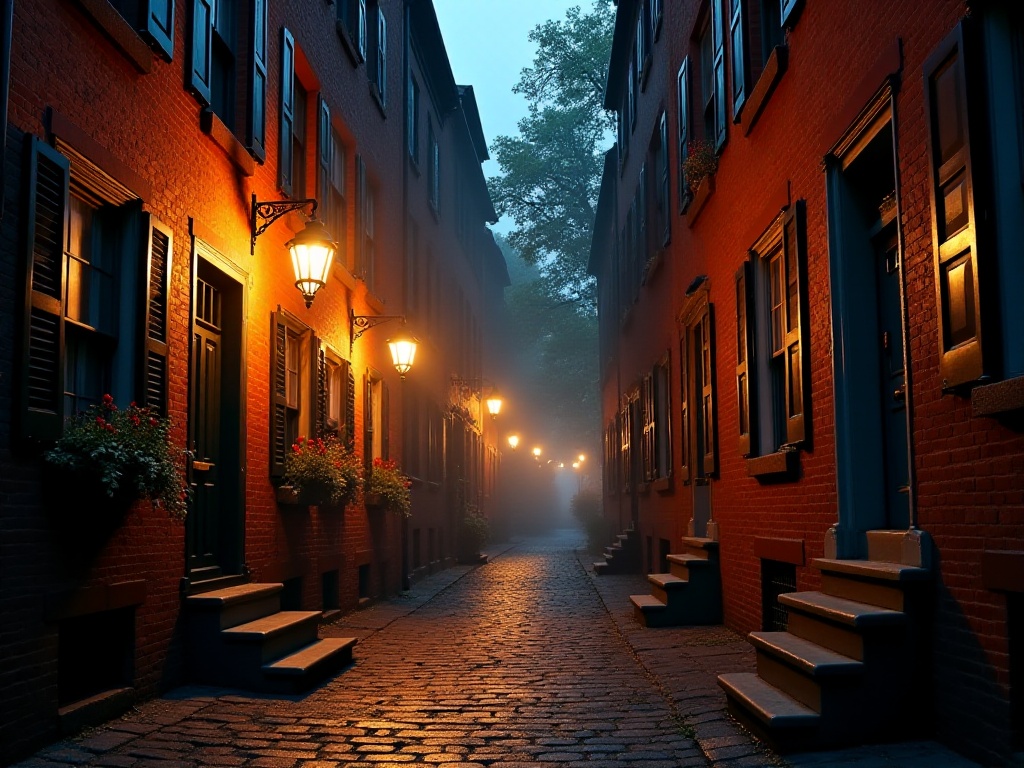
Religious Sites
The most impressive religious site I've ever visited is definitely the Buddhist temple complex in Ayutthaya, Thailand! Calling it the "Oriental Pompeii" is no exaggeration. In 1991, this former Thai capital was listed as a UNESCO World Heritage site.
On my first visit to Ayutthaya, I was completely stunned. Towering stupas were everywhere, with exquisite Buddhist temples throughout. Most amazingly, the architectural styles here are incredibly diverse, blending elements from Thai, Khmer, and Sri Lankan cultures. It's like an architectural art exhibition spanning millennia, with each stupa telling the fascinating story of cultural fusion in Southeast Asia.
Ayutthaya's most famous attraction is Wat Mahathat, centered around a massive stupa 50 meters tall! The entire stupa resembles a blooming lotus flower, rising in layers. Most impressive are the intricate reliefs on each level telling Buddha's story. Even after centuries of weathering, these reliefs remain vivid.
The temple is surrounded by 108 smaller stupas, a number with special significance in Buddhism. Each small stupa has its unique style - some conical, some bell-shaped, some even resembling blooming flowers. In sunlight, these stupas cast different shadows, creating a dynamic light and shadow painting.
Besides Wat Mahathat, Ayutthaya has many other amazing structures. For instance, Wat Na Phra Men features its main Buddha image. This giant Buddha stands 42 meters tall, covered entirely in gold leaf, gleaming in the sunlight. More amazingly, this Buddha statue was built by stacking bricks layer by layer and is hollow inside! Can you imagine how ancient people constructed such a large Buddha?
In Ayutthaya, you can see many interesting architectural details. Some stupa tips are gilded, still bright after hundreds of years. Some buildings have exquisite murals depicting ancient Thai life scenes. Though the colors have faded somewhat, you can still appreciate the artists' extraordinary skill.
Most touching is that even after centuries of warfare and natural erosion, these buildings maintain their majesty and sanctity. Each morning, when the first rays of sunlight hit the stupas, all of Ayutthaya seems bathed in golden light. This scene reminds me of the Spirit Mountain in "A Chinese Odyssey" - it's truly beautiful!
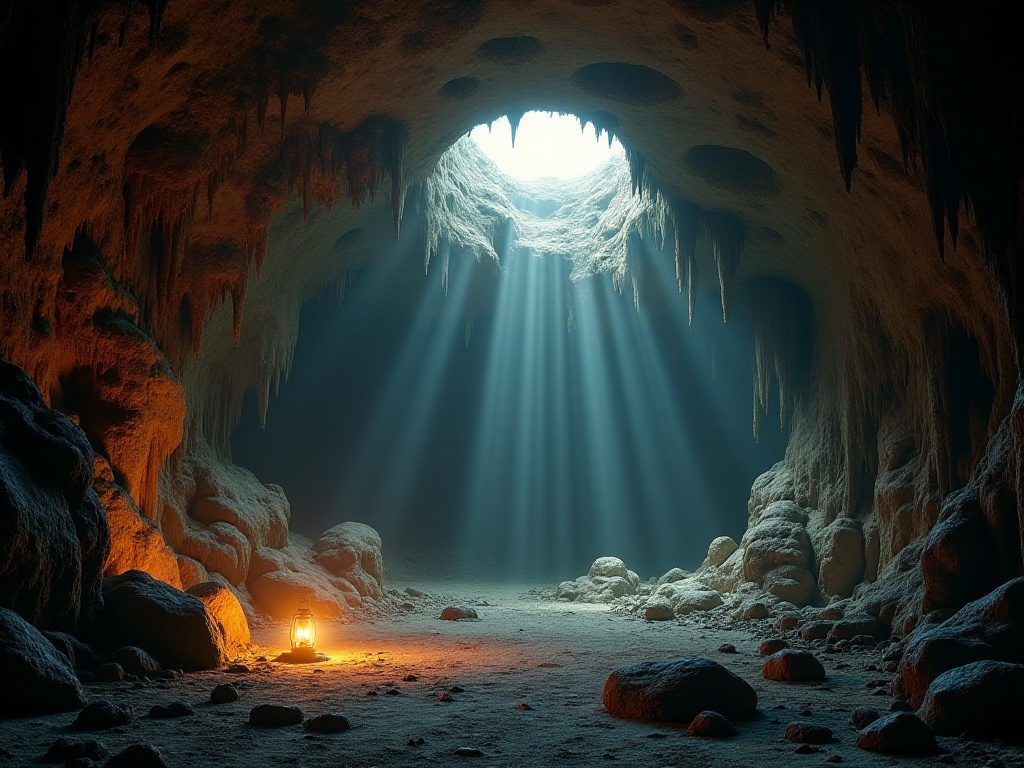
Archaeological Parks
As an archaeology enthusiast, I love visiting archaeological site parks. The Erlitou Site in Yanshi and Zhengzhou Shang City Site in Henan are like the "Forbidden City" of archaeology! Modern archaeological parks aren't just about "looking at bricks" - they use many high-tech methods to make visits interesting.
The most impressive is the Zhouqiao Site in Kaifeng. This site uses holographic projection technology, making you feel like you've traveled back to Song Dynasty's Bianjing! Can you imagine walking through the site when suddenly ancient street scenes appear: vendors calling out their wares, merchants bargaining, scholars discussing philosophy in teahouses... These scenes are perfectly recreated through digital technology, making you feel like you're really in a prosperous city from a thousand years ago.
The exhibition hall at Zhouqiao Site has an amazing interactive installation. Just stand in the designated spot, and you'll be projected as a Song Dynasty character who can interact with virtual historical figures. Once, I was projected as a tea merchant haggling with virtual customers - it felt so real!
The entire site park uses AR technology. Just scan the QR codes on the ground with your phone to see what that place looked like during the Song Dynasty. For example, what's now ruins might appear as a magnificent shop in the AR view. This old-new comparison is particularly interesting, helping people better understand historical changes.
Most impressive is the underground exhibition hall. Archaeologists discovered many Song Dynasty artifacts here, including ceramics, copper coins, and daily utensils. These artifacts are preserved in situ, meaning they're in their original positions from when they were used. Through transparent glass floors, you can see the artifact layer several meters underground, like playing an archaeology game!
The exhibition hall also has a "virtual archaeology" interactive area. You can wear VR glasses to experience the archaeological excavation process. From clearing soil layers and recording artifact positions to extracting and preserving artifacts, you can experience each step personally. This gave me a deeper understanding of archaeological work's challenges and a new perspective on artifact preservation.
The site park has recreated many Song Dynasty life scenes. For example, there's a recreated teahouse with furniture made according to Song Dynasty styles. You can sit inside drinking tea, listening to Song Dynasty music, experiencing the ancient lifestyle atmosphere. Most interestingly, the tea sets are replicas of unearthed artifacts, making them especially meaningful to use!
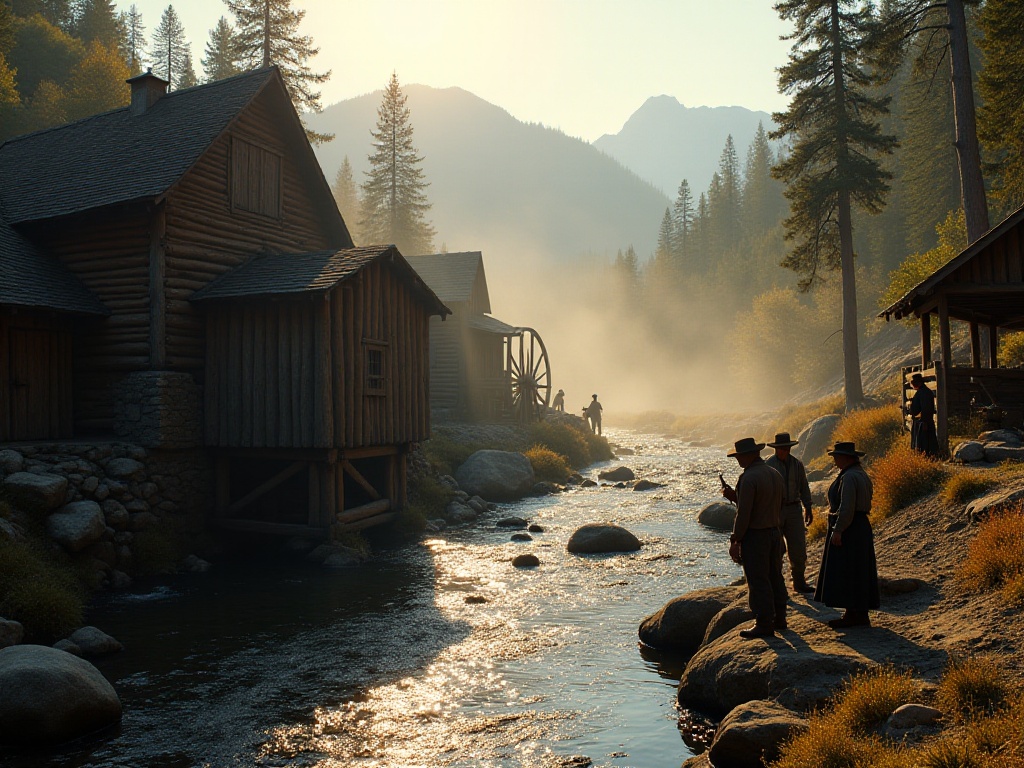
Revolutionary Sites
When traveling, I particularly enjoy visiting local revolutionary sites. The Huanghuagang 72 Martyrs Cemetery in Guangzhou left a deep impression on me. Although the 1911 Guangzhou Uprising failed, the revolutionary spirit of the 72 martyrs who gave their lives continues to inspire later generations.
On my first visit to the 72 Martyrs Cemetery, I was struck by the cemetery's solemnity. The entire cemetery is built on a hillside, with layers of steps leading to the martyrs' tombs. Walking up the steps, towering pine and cypress trees on both sides seem to pay tribute to the martyrs. In front of the martyrs' tomb is a tall memorial monument inscribed with "Tomb of the 72 Martyrs" in powerful, majestic characters.
The most moving parts of the cemetery are the display boards showing the martyrs' deeds. Under each martyr's photo is their biography - some gave their lives for the revolution at a very young age. Looking at these young faces, I couldn't help but wonder what our lives would be like today without their sacrifice.
The exhibition hall preserves many precious historical materials, including weapons used by the martyrs, letters they wrote, and clothes they wore. These artifacts make history more real and tangible. The letters especially reveal the martyrs' firm revolutionary beliefs and deep concern for their families.
Most impressive is the "Martyrs' Spirit" sculpture in the cemetery. This bronze sculpture group depicts scenes of the martyrs' heroic battles. The sculpture is very expressive, with each figure's expression and movement carved vividly. Standing before the sculpture, you can almost hear the gunfire and shouts from that year's battle.
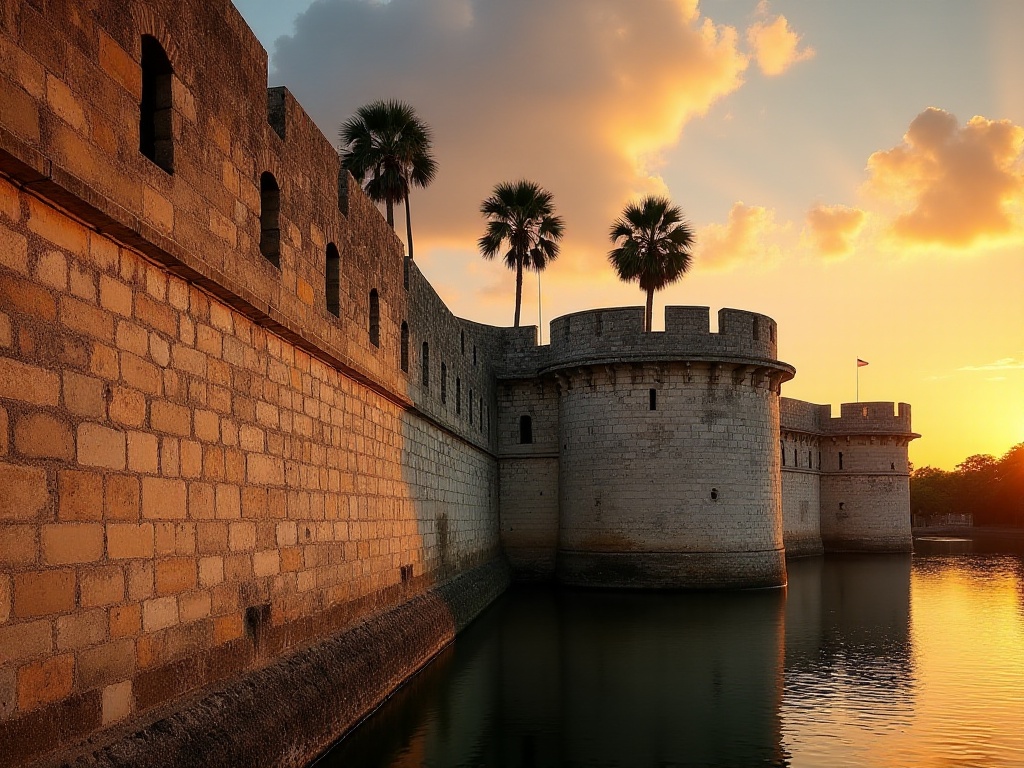
Cultural Heritage
Speaking of cultural heritage, the Chen Clan Ancestral Hall in Guangzhou is definitely a must-visit spot! This Lingnan architecture is like a three-dimensional textbook of architectural art. Wood carving, stone carving, brick carving, pottery sculpture - every detail is breathtakingly beautiful.
Most amazingly, the entire building uses no iron nails, relying solely on mortise and tenon structures! This not only demonstrates ancient wisdom but also showcases the characteristics of traditional Chinese architecture. Every time I bring friends to visit, they're amazed by this exquisite craftsmanship.
The woodcarving craftsmanship in Chen Clan Ancestral Hall is unparalleled. From eaves to windows, from beams to pillars, you can see exquisite woodcarvings everywhere. These carvings aren't simple decorations but tell traditional stories and fables. For example, some woodcarvings depict the "Twenty-four Filial Exemplars" stories, some are historical allusions, each one lifelike.
Stone carving art is another highlight of Chen Clan Ancestral Hall. The stone lions at the entrance, stone pillars in the courtyard, carvings on the steps - all demonstrate the artisans' superb skills. Especially the reliefs on those stone pillars, even after a century of weathering, still maintain clear patterns and vivid shapes.
Most amazing are the brick carvings in Chen Clan Ancestral Hall. These weren't made with molds but were carved by craftsmen one cut at a time. Some brick carvings are as thin as cicada wings, creating beautiful translucent effects. When sunlight shines obliquely, these brick carvings cast beautiful shadows on the walls, as if telling stories.
Pottery sculpture is another artistic highlight of Chen Clan Ancestral Hall. The ridge beasts on the roof, character stories on the walls, decorations at the eaves corners - all are made from fired clay. These pottery sculptures are not only beautifully shaped but also brightly colored, adding much vitality to the entire building. Especially those ridge beasts on the roof, each one is unique and lifelike.
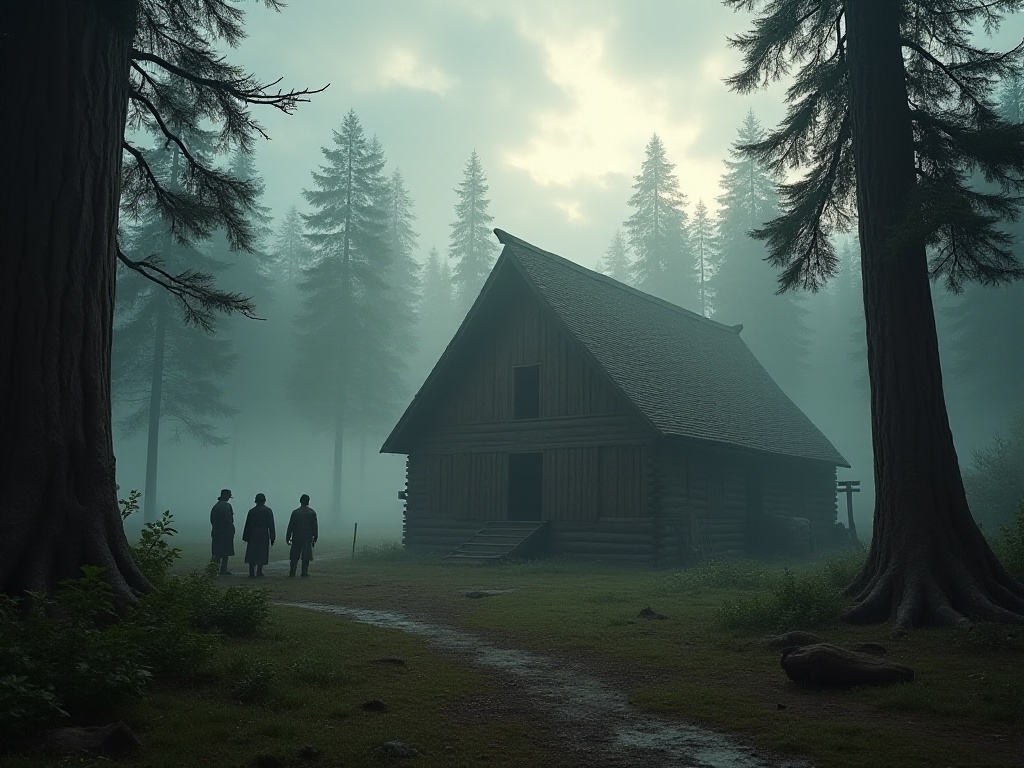
Conclusion
Each historical site is like an open history book, recording the development trajectory of human civilization. From military sites to religious relics, from archaeological parks to revolutionary sites, to cultural heritage - each site tells its story in its unique way, waiting for us to listen and discover.
These sites aren't just "piles of ruins" - they're crystallizations of human wisdom and witnesses to history. By visiting these sites, we can better understand the past and think more about the future.
So, next time you travel, why not slow down, walk into these historical sites, let them take you through time and space, and experience a different cultural journey. Which historical site would you most like to visit? Feel free to share your thoughts in the comments.
Next time, we'll continue discussing how to plan an in-depth cultural heritage tour. Stay tuned.



